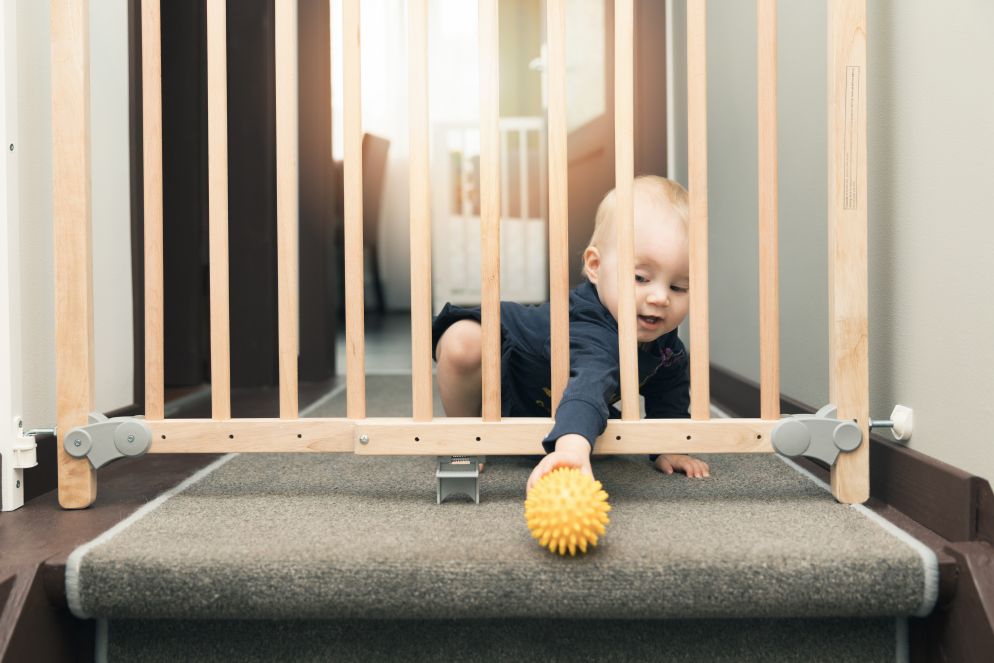When I went to buy a sippy cup for my six-month old son, I discovered had two choices: A package labeled “Bisphenol-A & Phthalates-free” and another that said nothing about these mysterious additives.
I bought the sippy cup that was free of seemingly extraneous chemicals, but it left me wondering about these two 50-cent words and why a sippy cup manufacturer would want to promote their absence in its products.
What Are They?
Phthalates are type of chemical used to make plastics soft and flexible. They are used in food storage containers, bottles, and children’s toys, but they can also be found in cosmetics, fragrances, lotions, and shampoos.
Bisphenol A (often abbreviated BPA) is a chemical used to make a plastic called polycarbonate for items such as hard plastic baby bottles, sippy cups and plastic bottles. It can also be found in metal cans, such as those used for canned foods and baby formula.
Food is a major source of exposure for both BPA and phthalates, but both chemicals have been found in indoor air and dust. Hot liquids in containers made with BPA and phthalates are a major concern because the heat causes the chemicals to leach out of the plastic at a much faster rate.
Cause for Concern
While nothing is known for certain in humans, animal studies lead researchers to suspect that these chemicals are not harmless additives. Studies in animals have found that both BPA and phthalates can mimic and interfere with hormones.
BPA affects the endocrine system and has been linked to breast, uterine, and prostate tumors in test animals. In addition, it has been associated with developmental disorders, such as ADHD. BPA has also been associated with heart disease and diabetes.
Phthalates have been associated with male reproductive problems. Scientists have also linked phthalates with increased allergies, runny noses, and eczema in children.
Pregnant women and infants are the most vulnerable to these chemicals because very young children and unborn babies are still developing. Toddlers often have higher exposure levels than adults because crawling kids get dirty and put their hands and objects in their mouths. In addition, based on body weight, kids breathe more air than adults, which means increased air-born exposure.
Actions Taken
The 2008 Consumer Product Safety Act bans six different kinds of phthalates in child care products. However, the new law does not extend to BPA.
While not required by law, all bottles and baby feeding products sold at retailers such as Babies R Us and Toys R Us are BPA-free. In addition, many manufacturers are working to remove this chemical from baby products such as nursing accessories, pacifiers, teethers, plates, utensils, and sippy cups.
What You Can Do
Because we don’t know yet if there is a “safe” exposure level for pthalates or BPA, it’s better to err on the safe side. “Focus on trying to reduce your exposure rather than trying to meet a certain threshold,” says Sheela Sathyanarayana, MD, a specialist in pediatric environmental health.
Look at the recycling codes on the bottle of plastic food containers to determine whether the plastic contains BPA or phthalates or if it is considered safe:
Beyond food packaging, most BPA and phthalates concerns pertain to baby accessories. However, phthalates can appear in cosmetics, lotions, shampoos, and even household cleaners. While the recycling code will tell you about the container, there is no way to know about the product inside unless the label tells you. For cosmetics, lotions, and shampoos, the Environmental Working Group’s Skin Deep website offers a comprehensive product search feature at www.cosmeticsdatabase.com.
More Actions
To reduce your exposure to BPA and phthalates:
- Don’t microwave plastics.
- Don’t wash plastics in the dishwasher.
- Don’t use plastics for hot liquids.
- Avoid canned foods.
- Look for products labeled BPA & Phthalates-free.
Also, be wary of hand-me-downs. While many companies now offer phthalate- and BPA-free baby feeding products, this was not the case even 12 months ago. Some manufacturer’s websites will tell you when BPA or phthalates were removed from products
“Just be proactive,” Dr. Sathyanarayana advises. Your best defense is to look for products that are labeled BPA and phthalates-free. The Consumer Product Safety Commission recommends that manufacturers and retailers provide this label when possible. Research on the web, read labels and inspect packaging, especially for food or feeding products.
Suzanne Koup-Larsen is a contributing writer to MetroKids.





